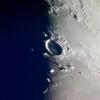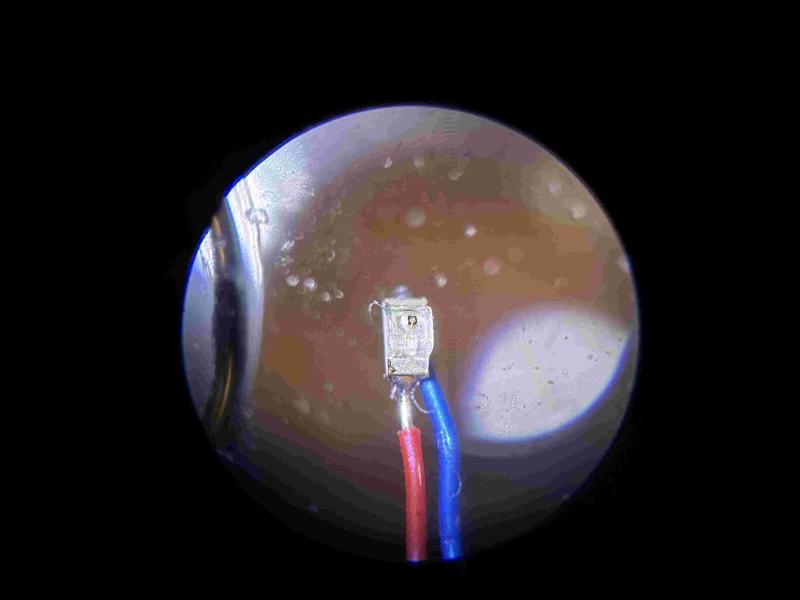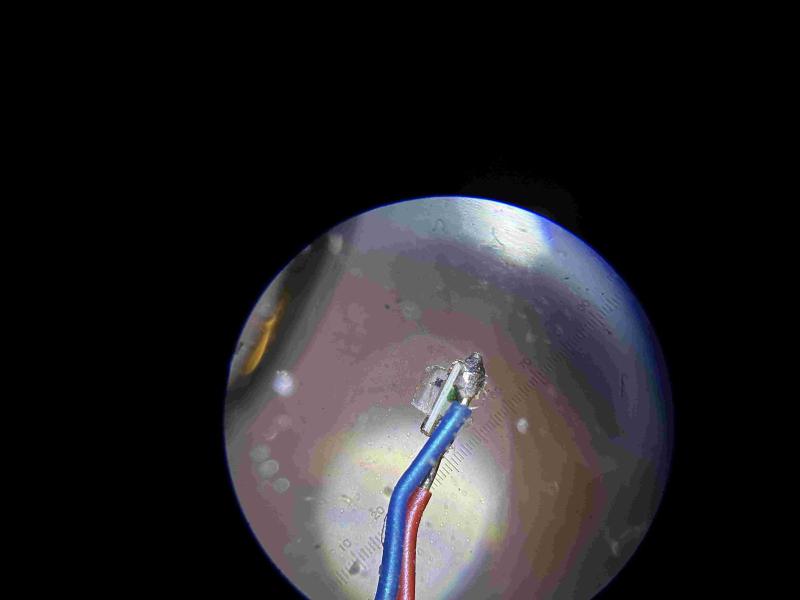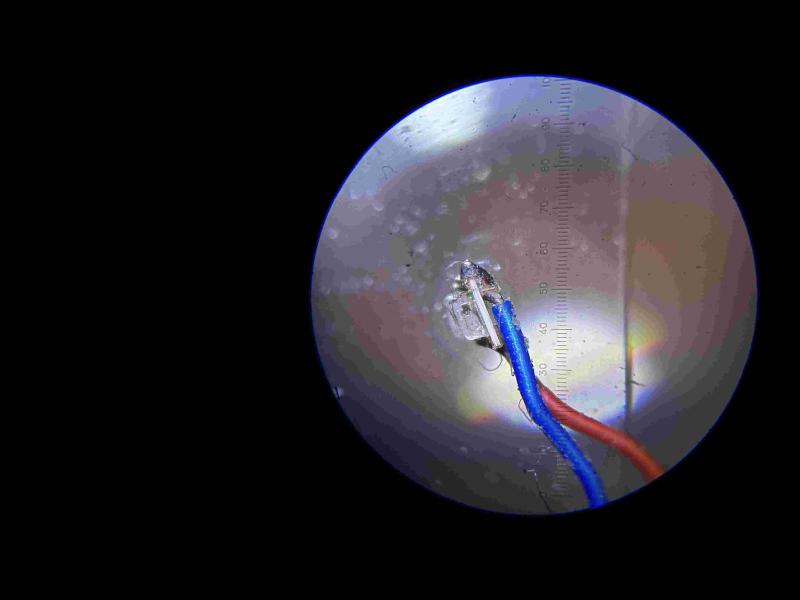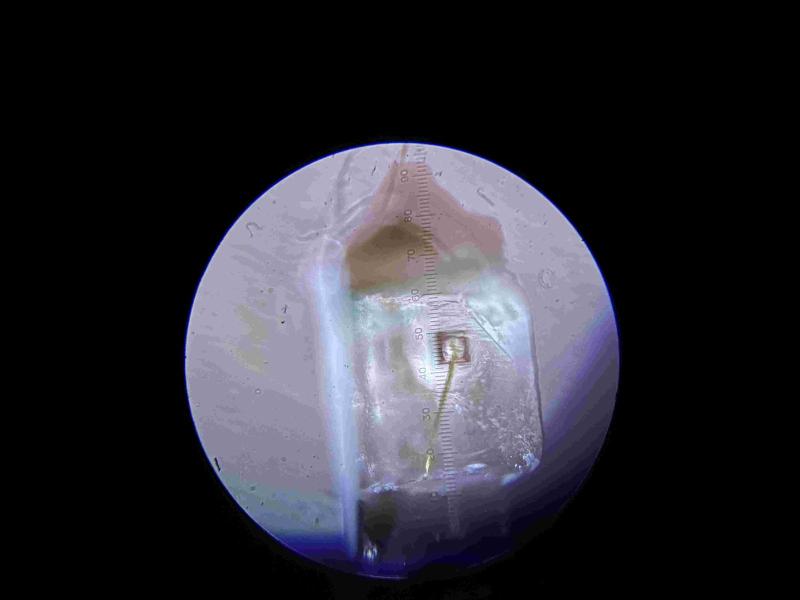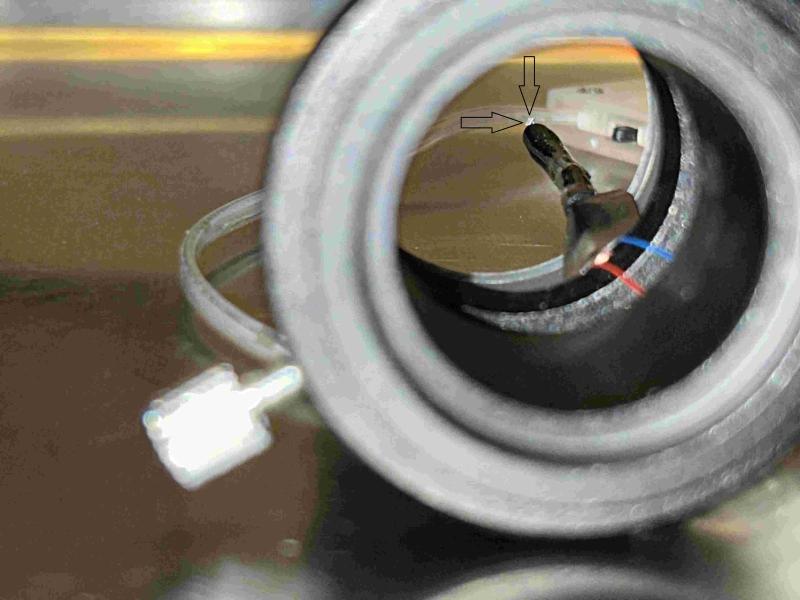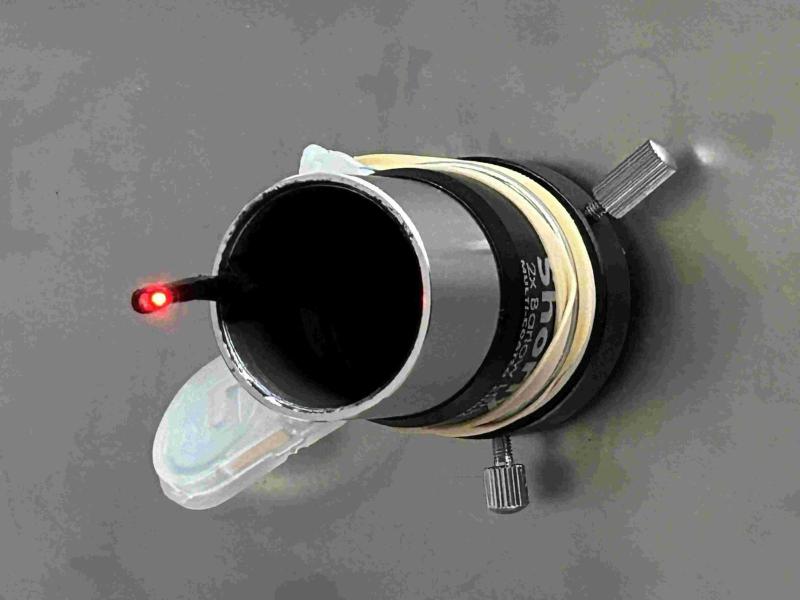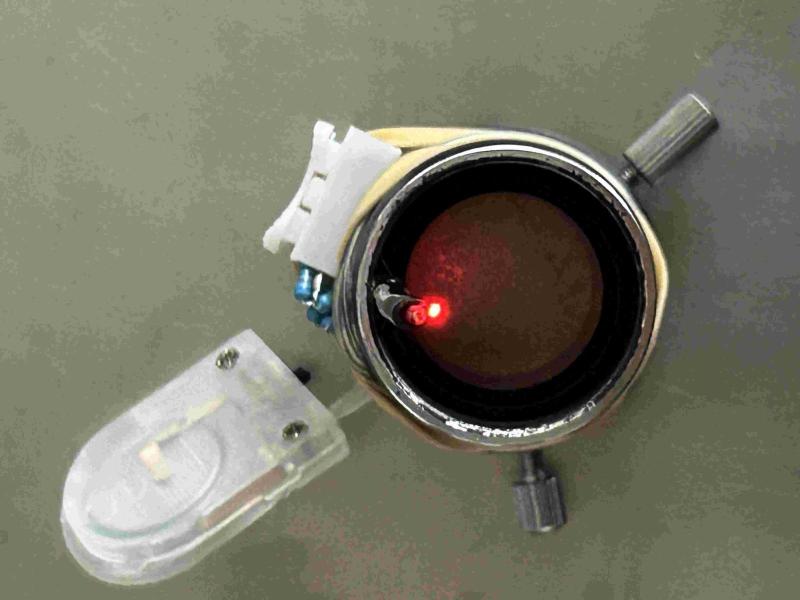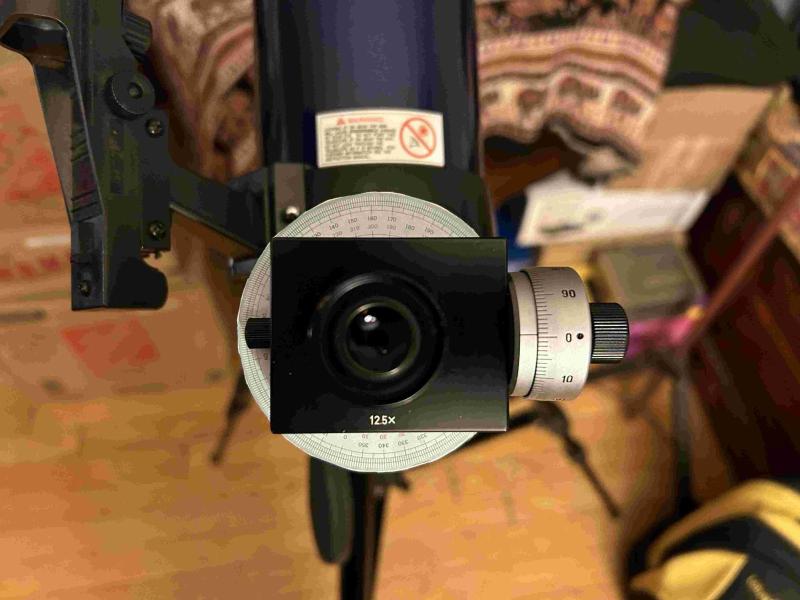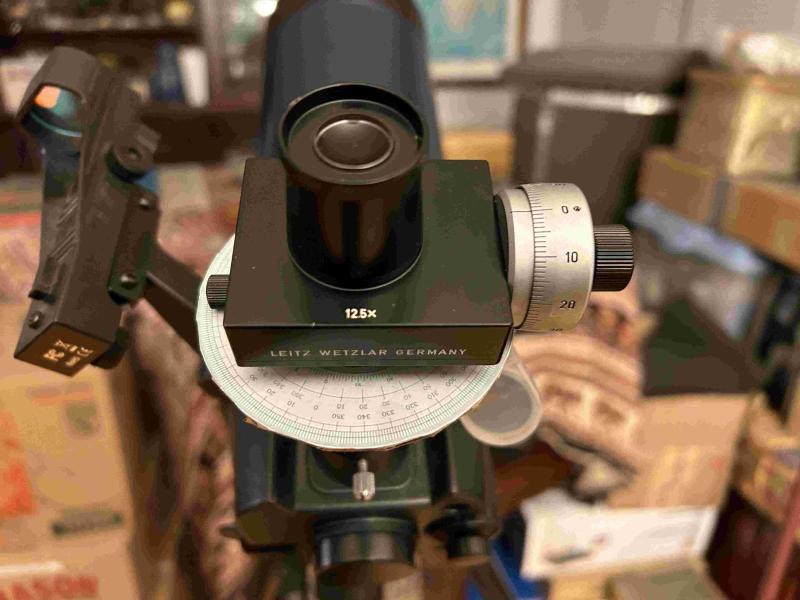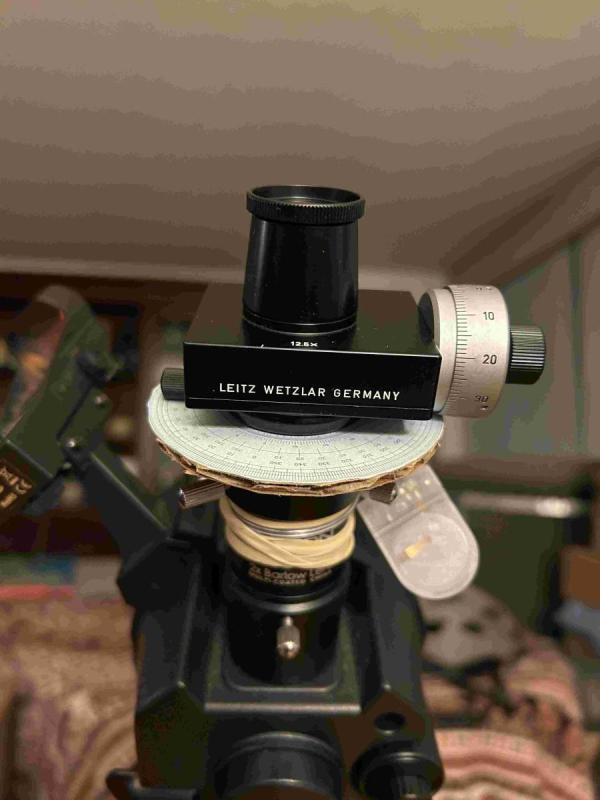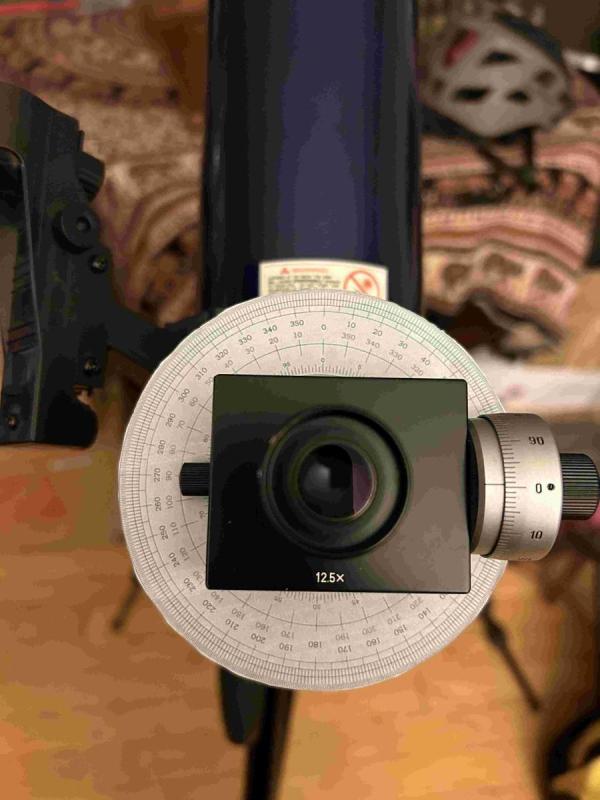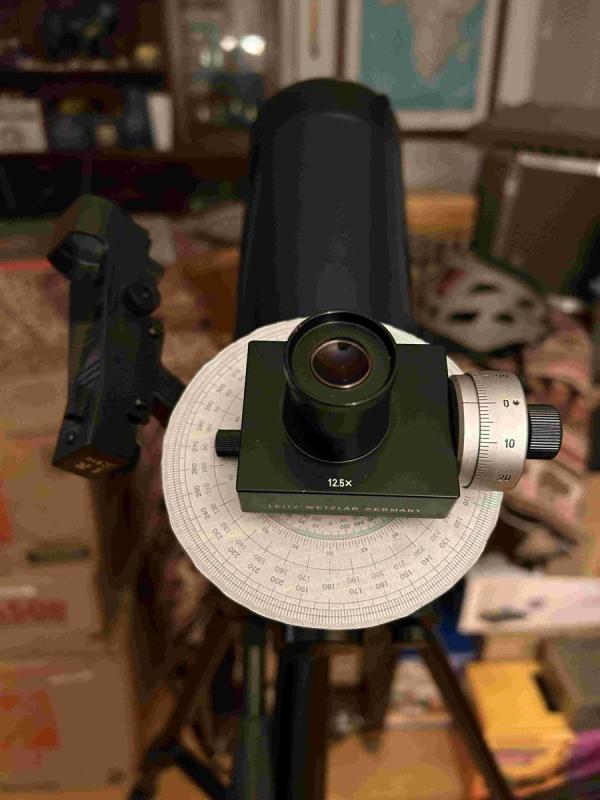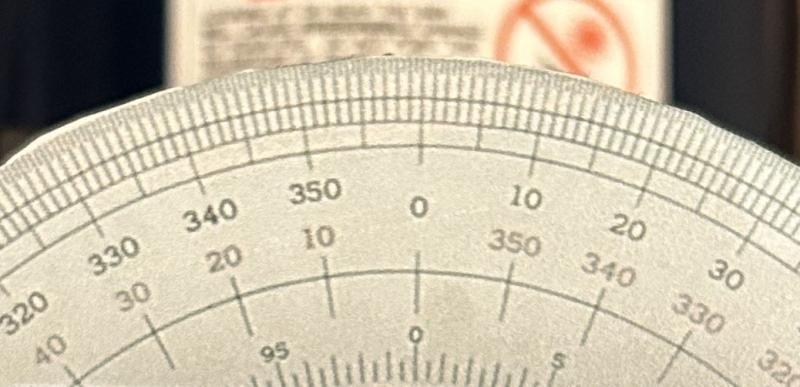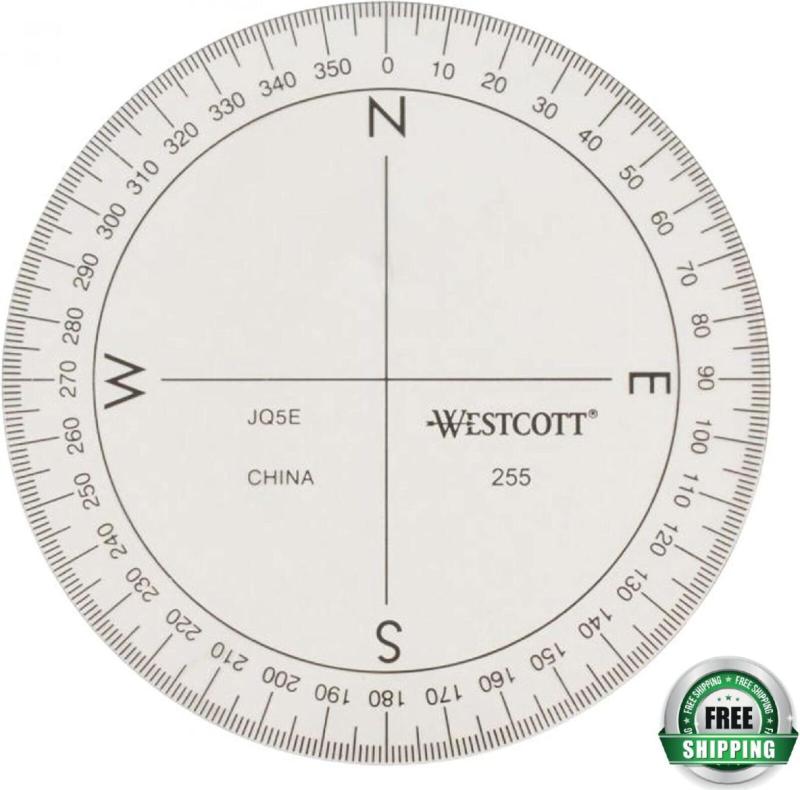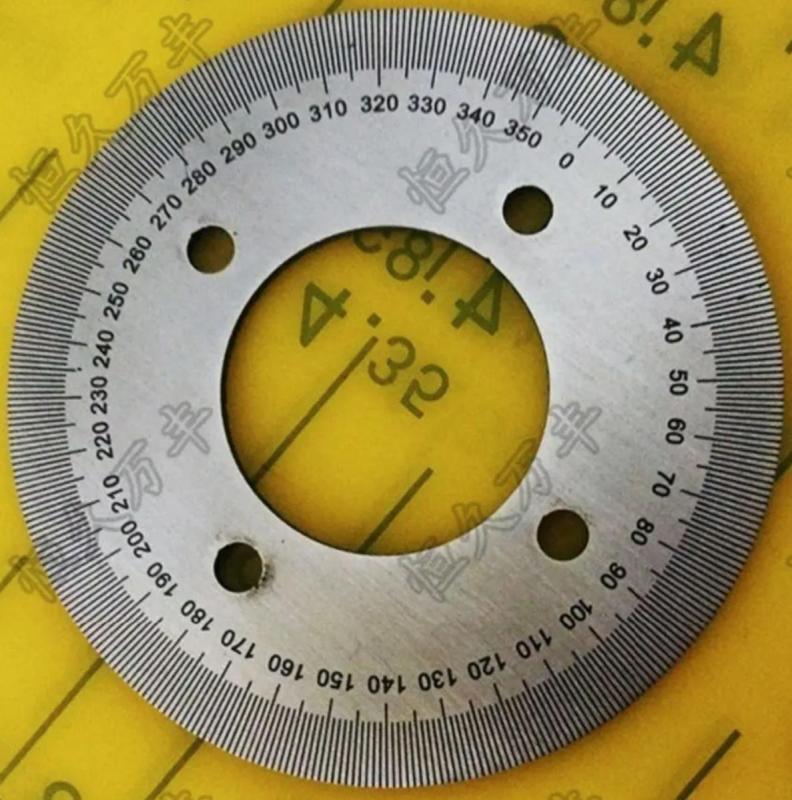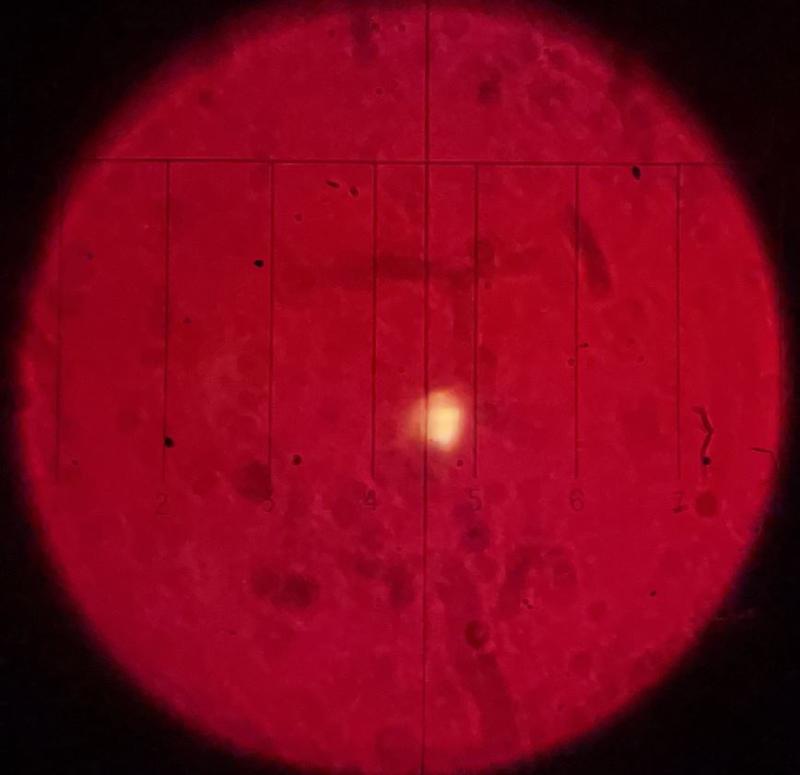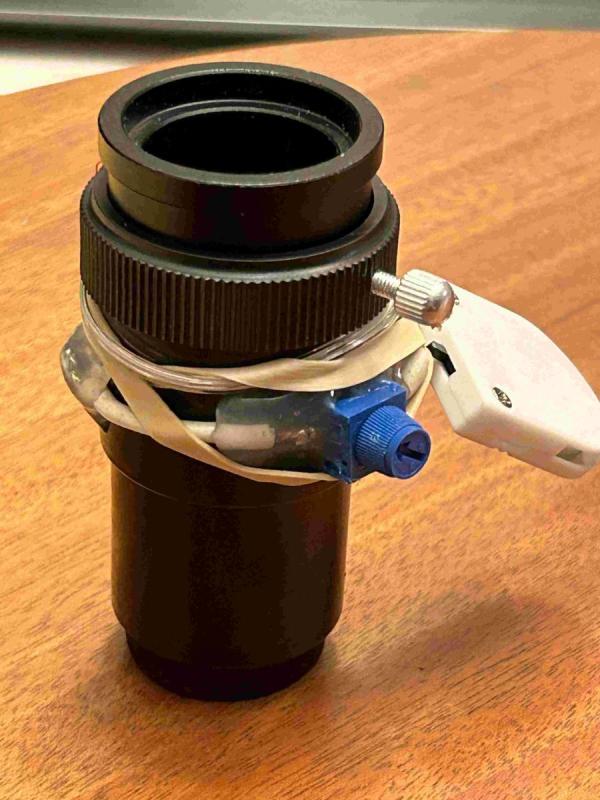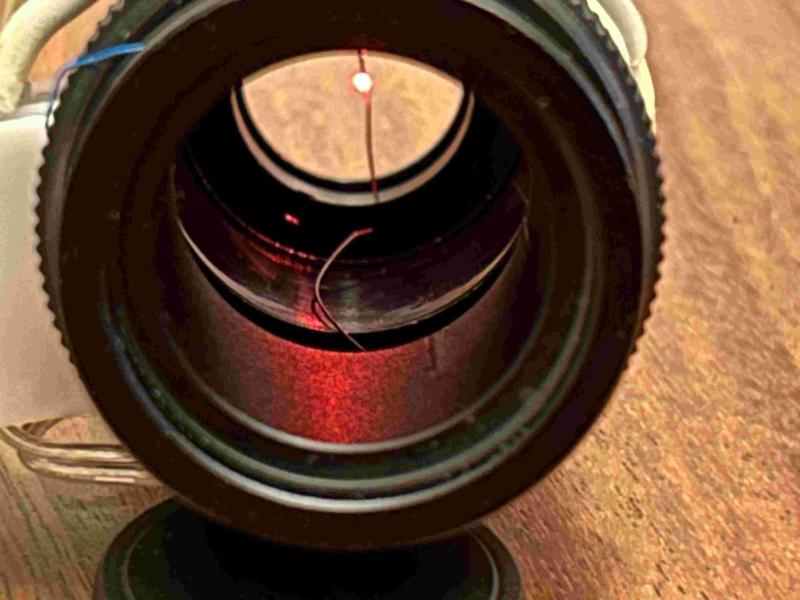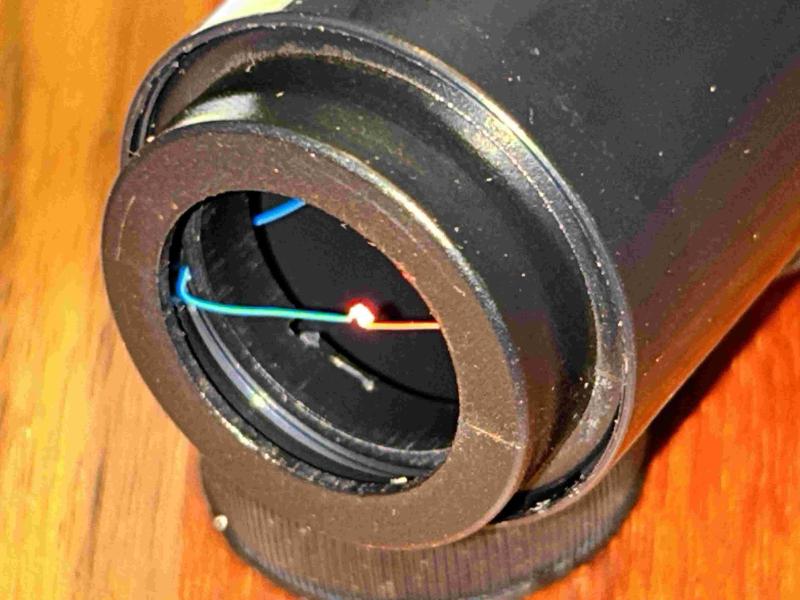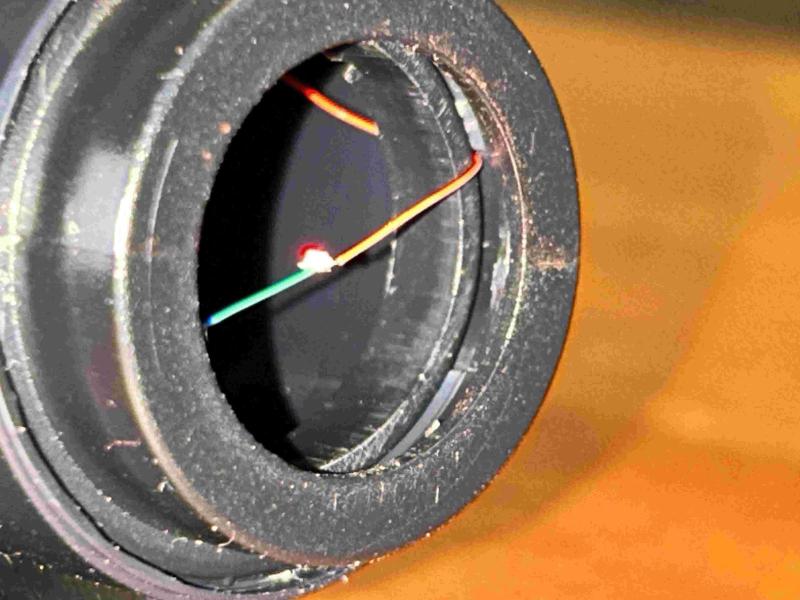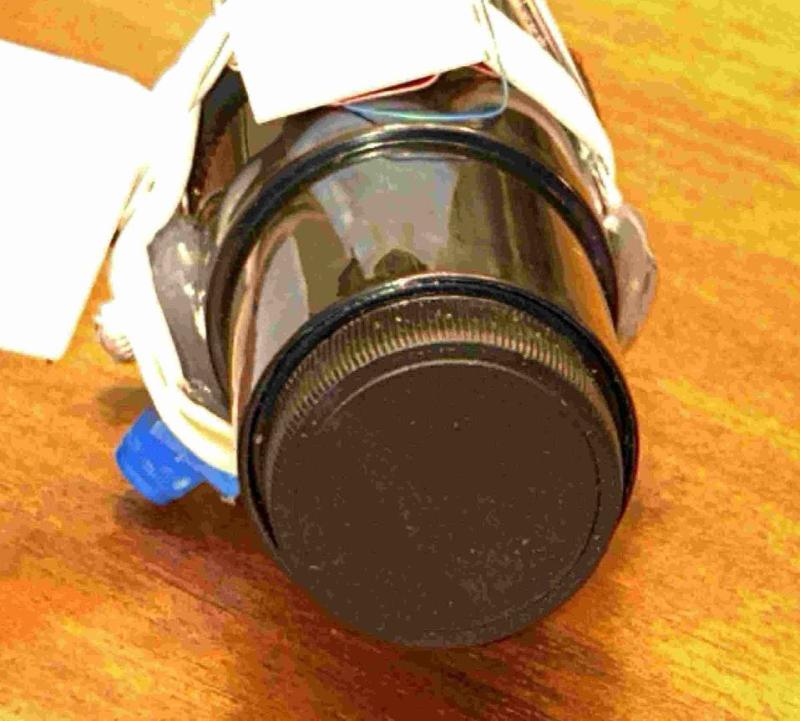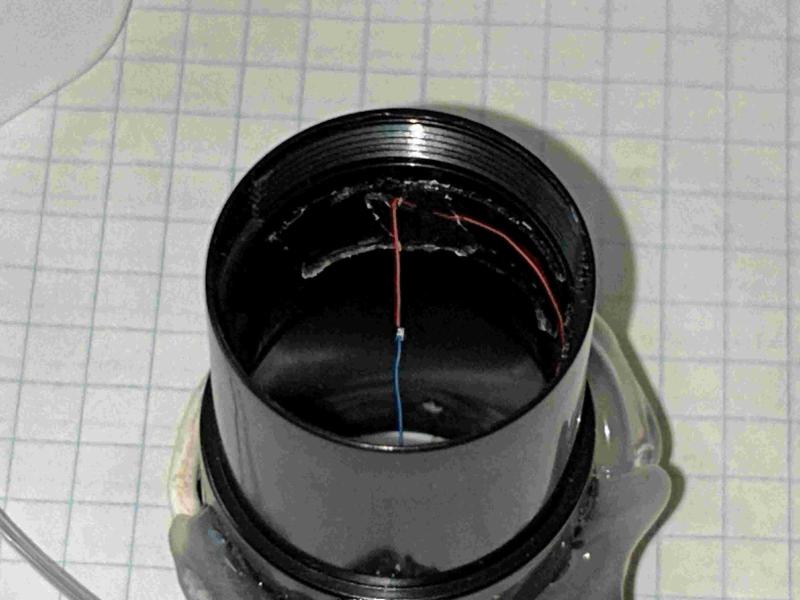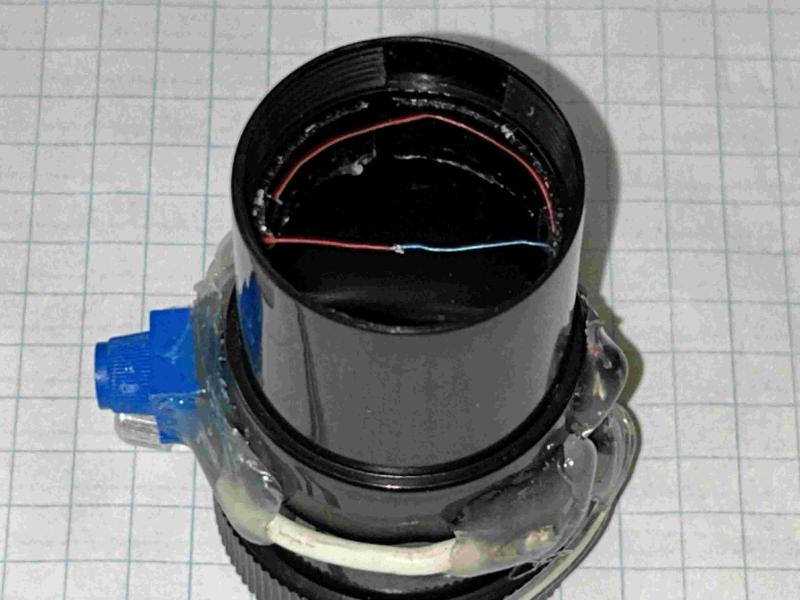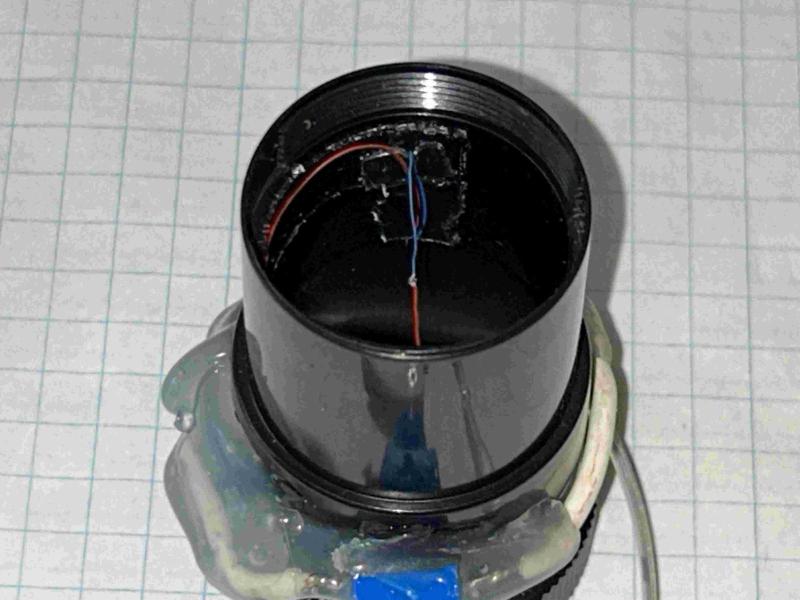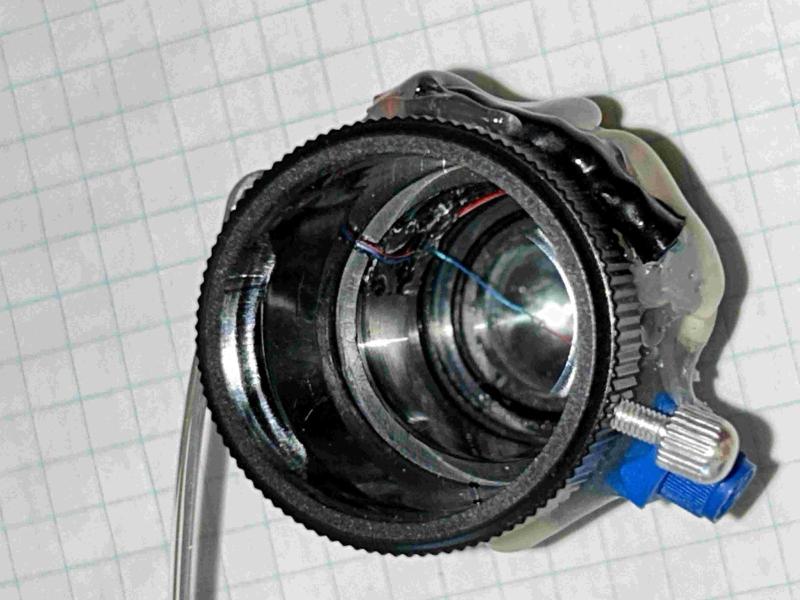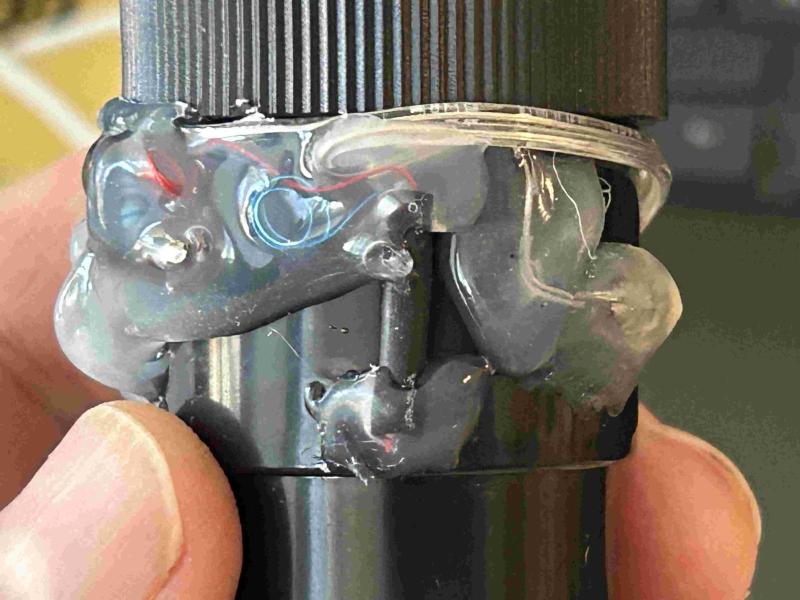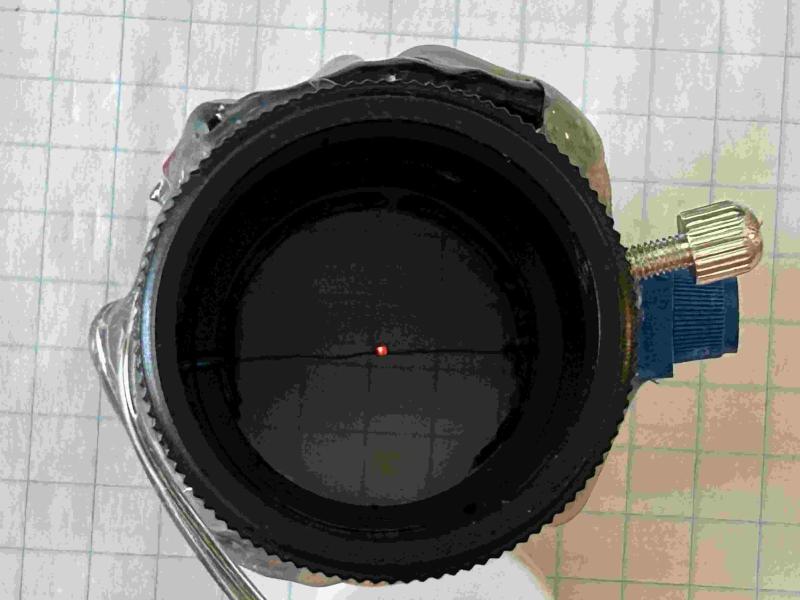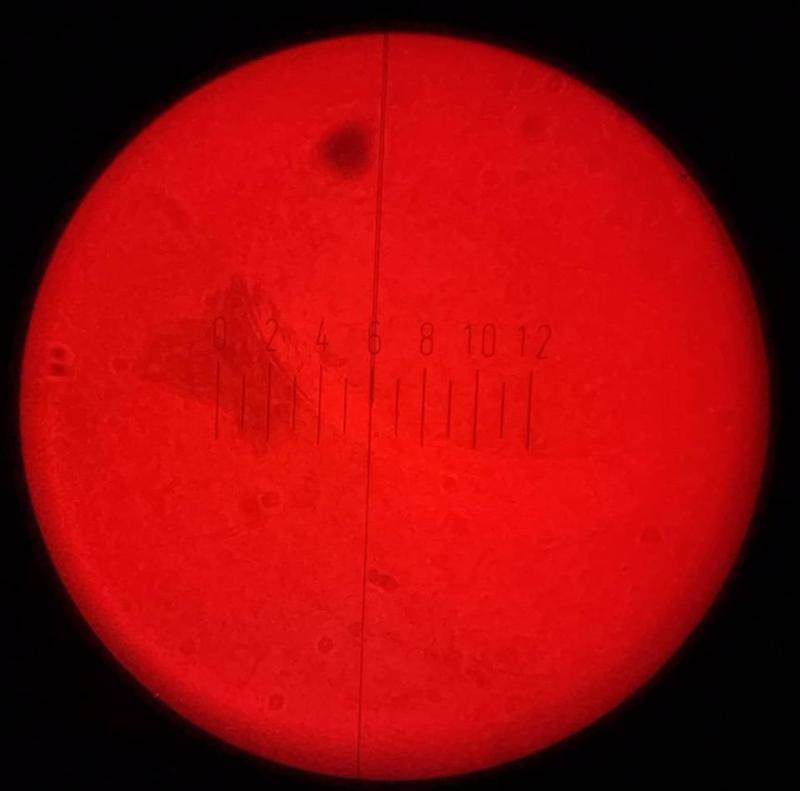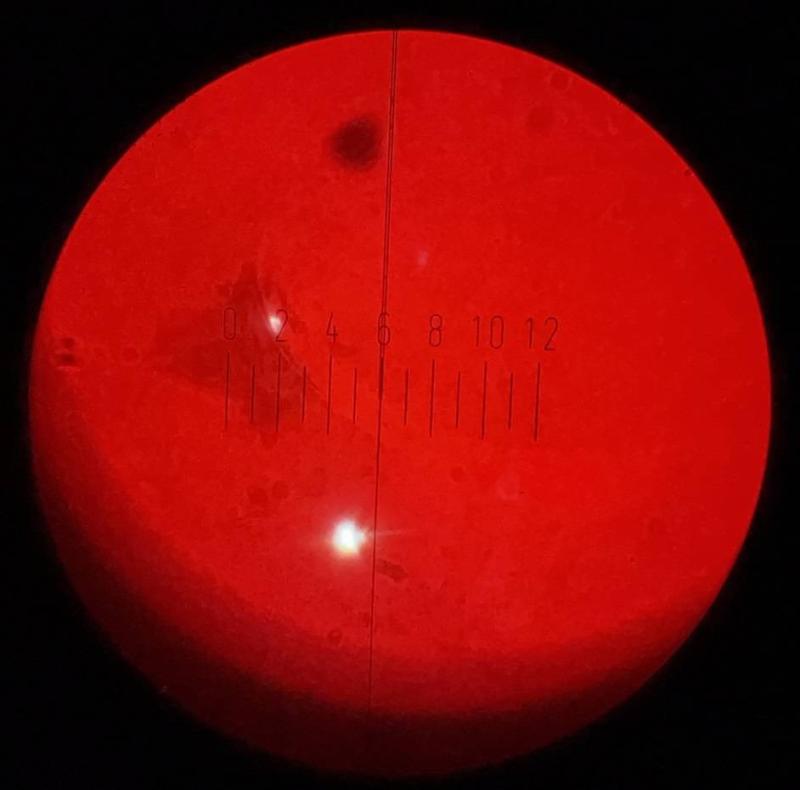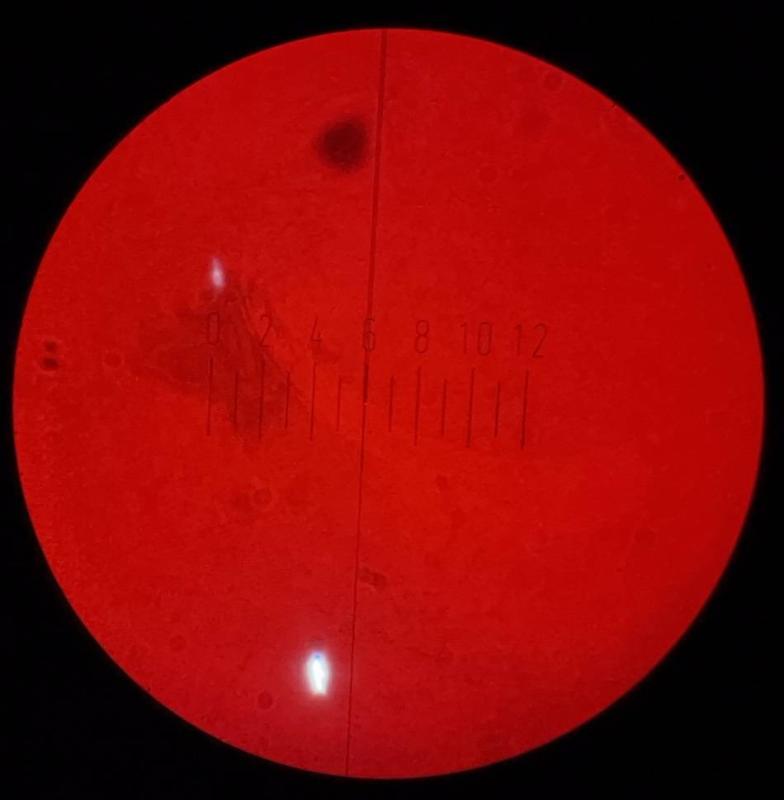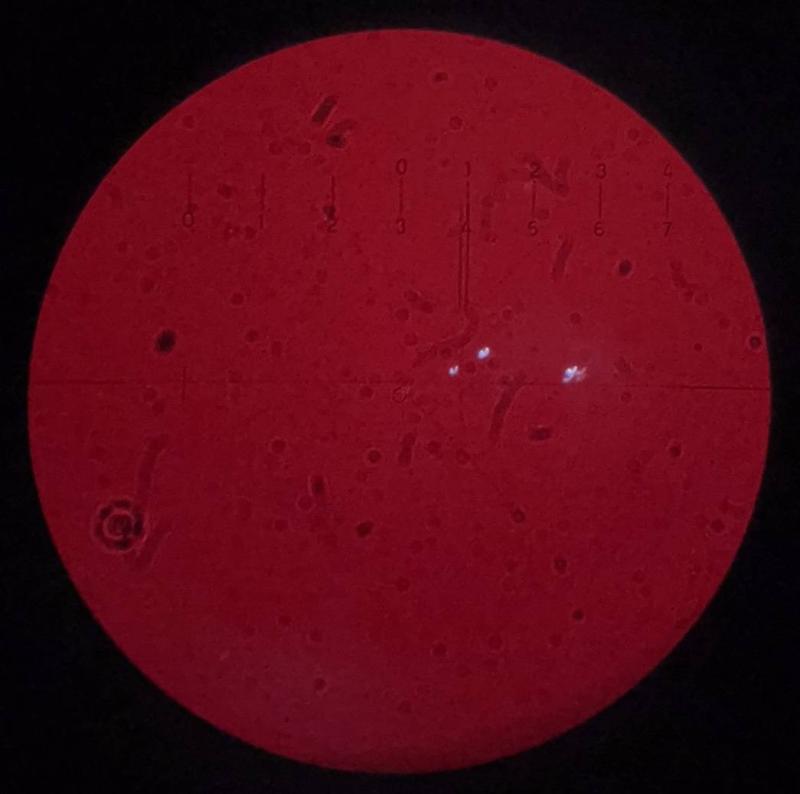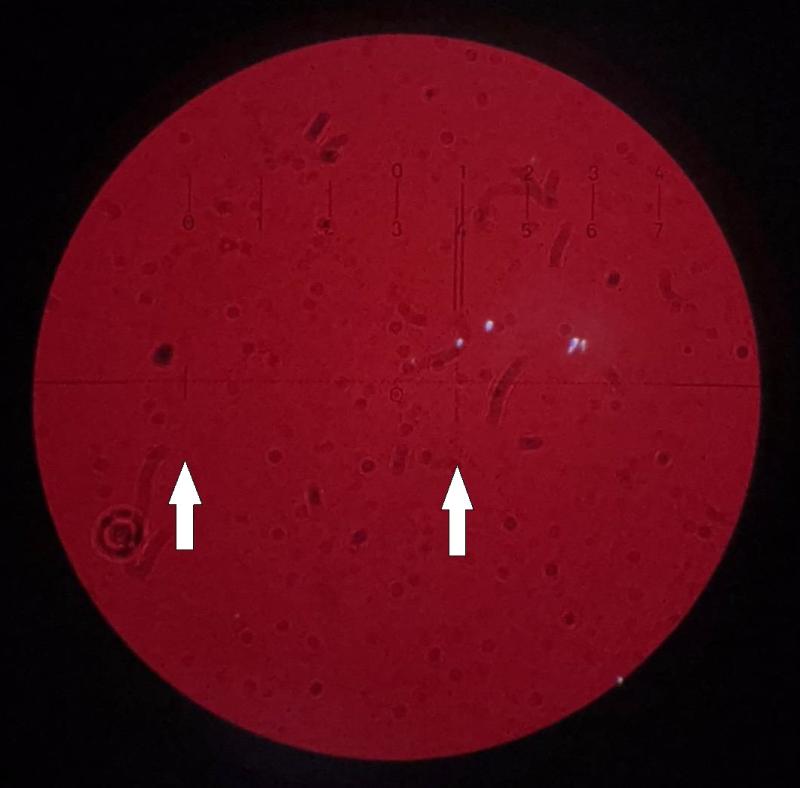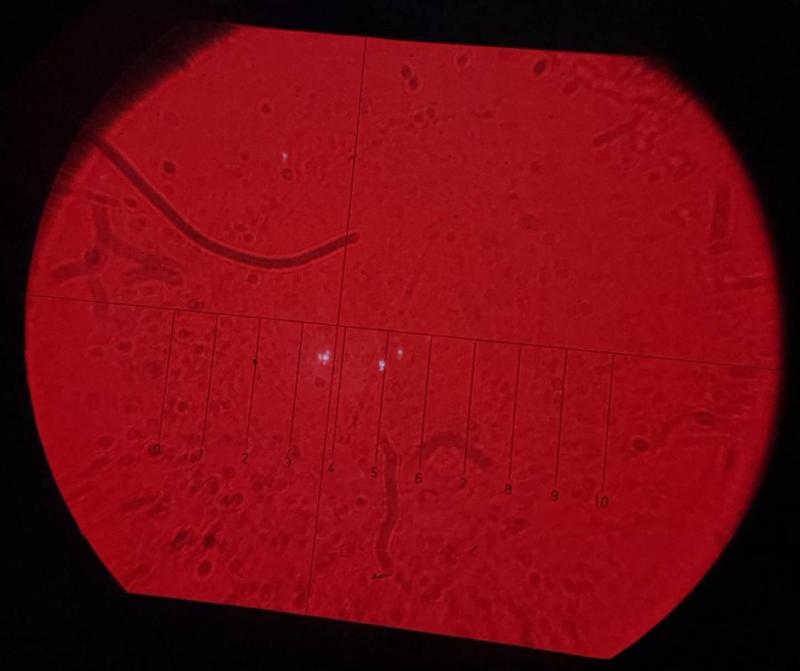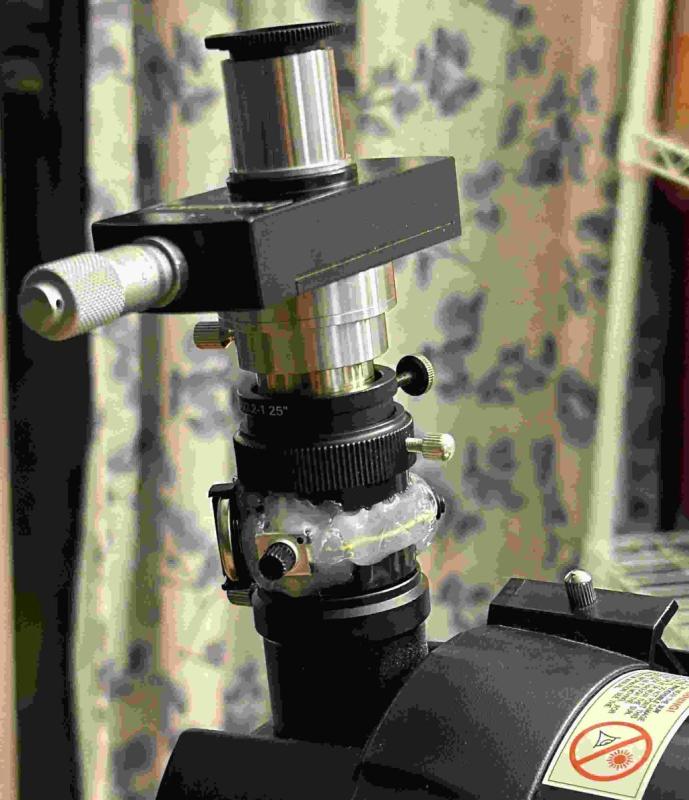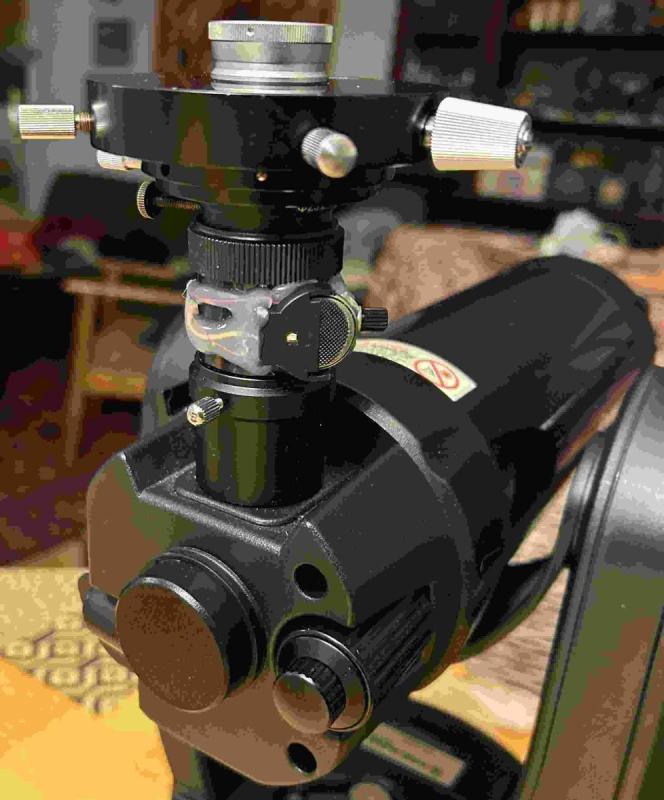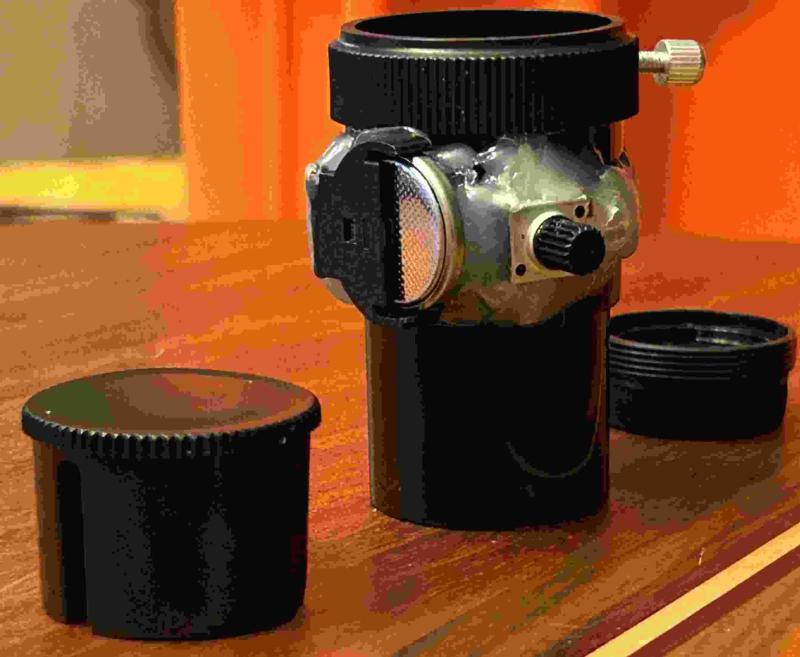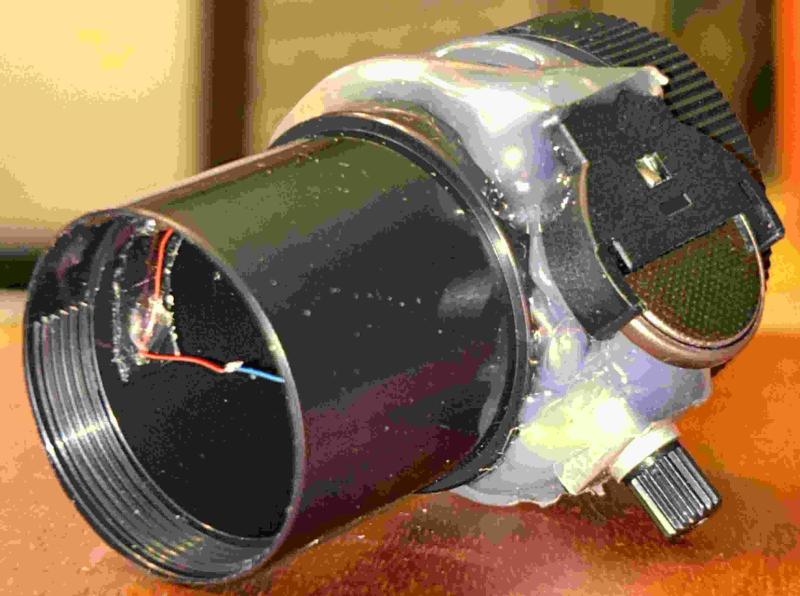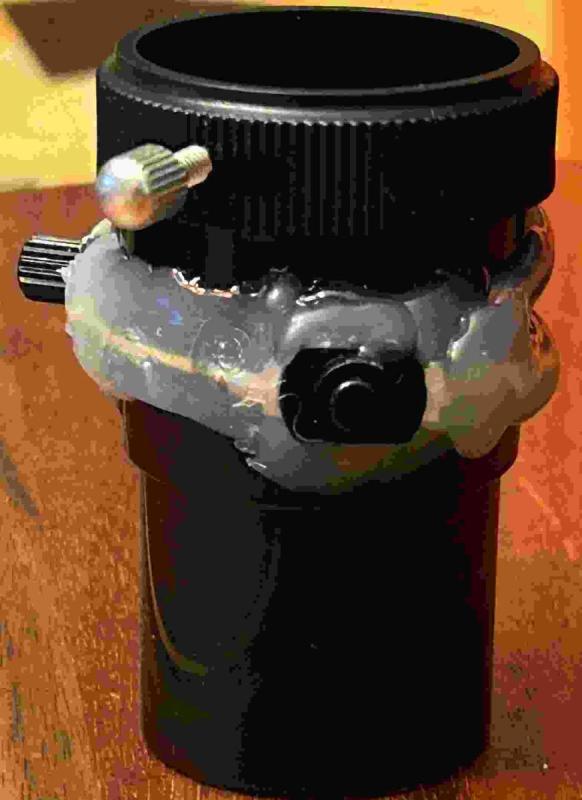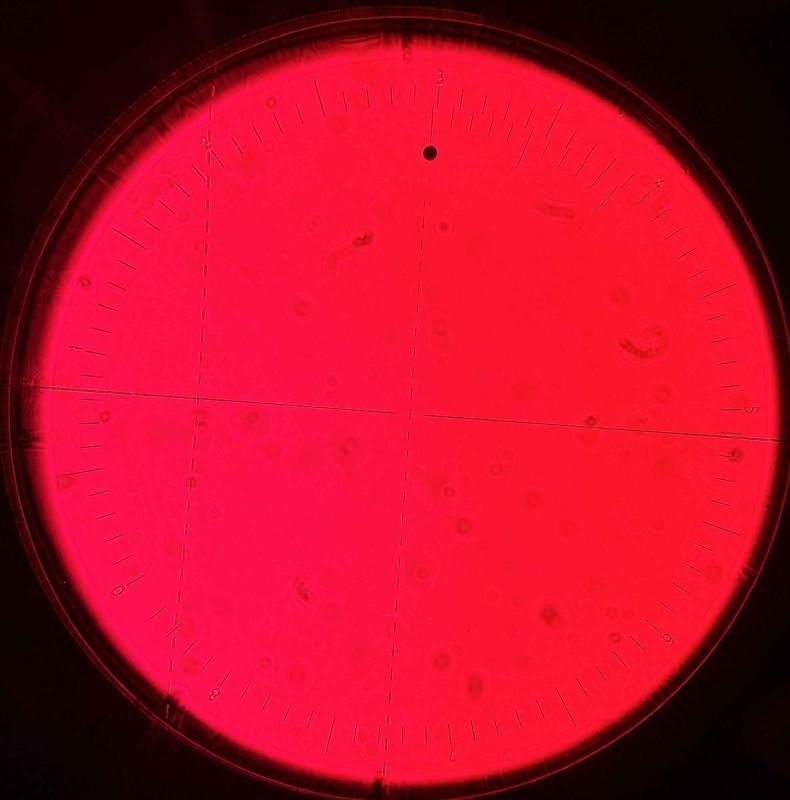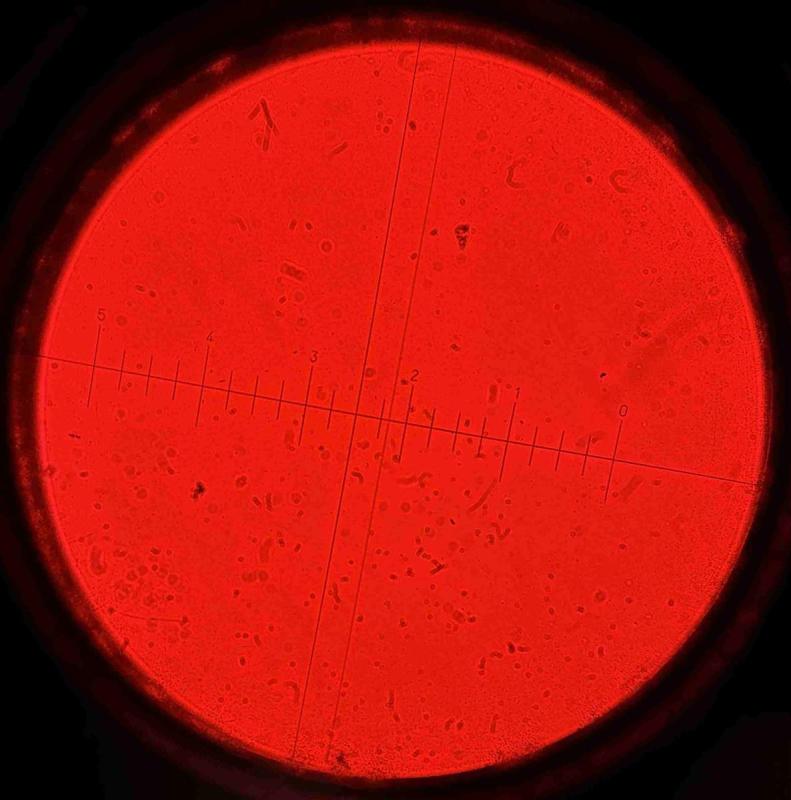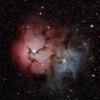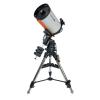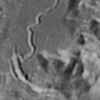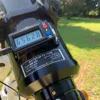The weather was pretty nice last night -- and the seeing was excellent -- so we spent our evening at a star party on the model airplane field at Valley Forge National Park (our local astro club's dark-sky spot). I was able to continue testing the illuminator but, for the sake of consistency, I stuck with the Bausch and Lomb filar micrometer during the whole session. I had a few simple goals:
1. Observe multiple objects including:
a. Jupiter and it's moons
b. The Orion Nebula
c. Pleiades
d. A few individual stars of notably low magnitude
e. Andromeda - My son tried to bring it up -- and we may have had a good chance of seeing it -- but it was too low on the horizon and there was a haze starting to form toward the north, so.....next time maybe.
2. Get some idea for:
a. The approximate magnification factor (unlike a telescope EP, these instruments are not labeled with a specific FL value)
b. How well I can see nuances and features of some objects with the illuminator on (e.g. Jupiter's bands, Orion's gas cloud, etc.)
c. How much lower the minimum brightness settings needs to go, especially given dark-adjusted eyes.
My tests were very subjective. I have no way of calculating the exact lumens being produced by the LED. I guess if I was REALLY dedicated, I could....add an ammeter in series into the circuit....and measure the current being drawn....and then calculate the lumens based on the specs...(queue the deep inhale and groan indicating what a complicated and tedious exercise that would be). But as you've probably already deduced, I am NOT that dedicated ;-) Since my eyes are basically the "instrument of measure", I'm happy to keep my analysis somewhat subjective for the time being. I was, however, able to get some halfway decent photos with my handheld iPhone....at least enough to spark some conversation.
The first thing I noticed was that both the Orion gas cloud and Jupiter's bands are much more visible by eye through the EP than the photographs would suggest. In fact, I would say that -- at the minimum illumination level -- I could confidently set the micrometer zero at one end of the nebula, and set the filum at the opposite extreme....essentially measuring the breadth of the cloud. I can't make the same statement about Jupiter, but only because I would need to Barlow the micrometer to enlarge the image (I did not have the time to do that). Suffice it to say that the brightness does not need to be much lower....probably only a little bit. And when I get the time to complete a full calibration, Jupiter and Orion will be my first test-bed targets.
On the other hand, the photos opened up a really interesting topic of discussion between me and my son. I have an iPhone holder that attaches to the ocular -- and I would like to document some of my measurements using my iPhone camera. But the camera would need to "see" the same or similar details that my retina is seeing...so that I have confirmation of the placement of the zero-point and filum. I am wondering whether the "wash-out" of certain features/colors could be offset or eliminated using software filtering in the NightCap iPhone app, for example. I am going to post the question in the AP forum one of these days.
As for the magnification, I confess that I did not have the time to start swapping out the filar EP with other fixed FL EPs to figure out where exactly it sits. Pleiades filled the entire FOV, and even spilled some outside of it. I would say I could see about 85% of it. Next time I go out, I'll pay a little more attention to gathering some data for that exercise! In the meantime, some shaky photos to ponder :-)
Jupiter and it's moons (sorry for the abominable quality of this image; next time I go out I will plan to use my iPhone/camera holder):
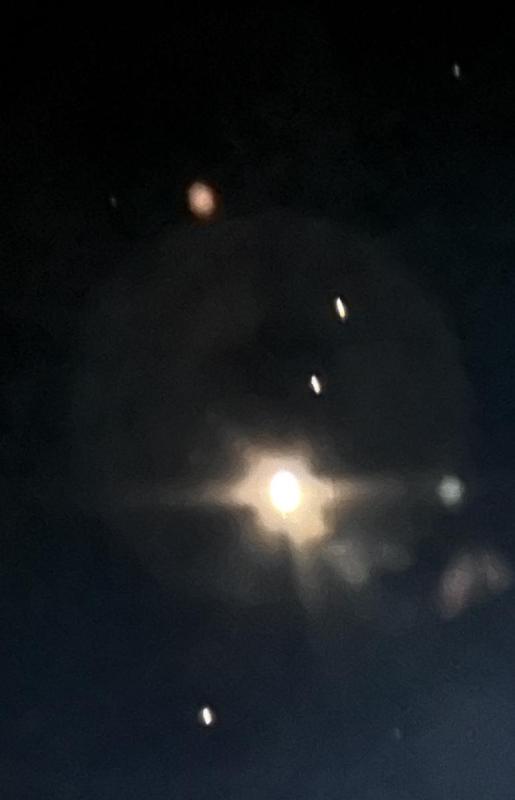
Jupiter and it's moons (with illumination):
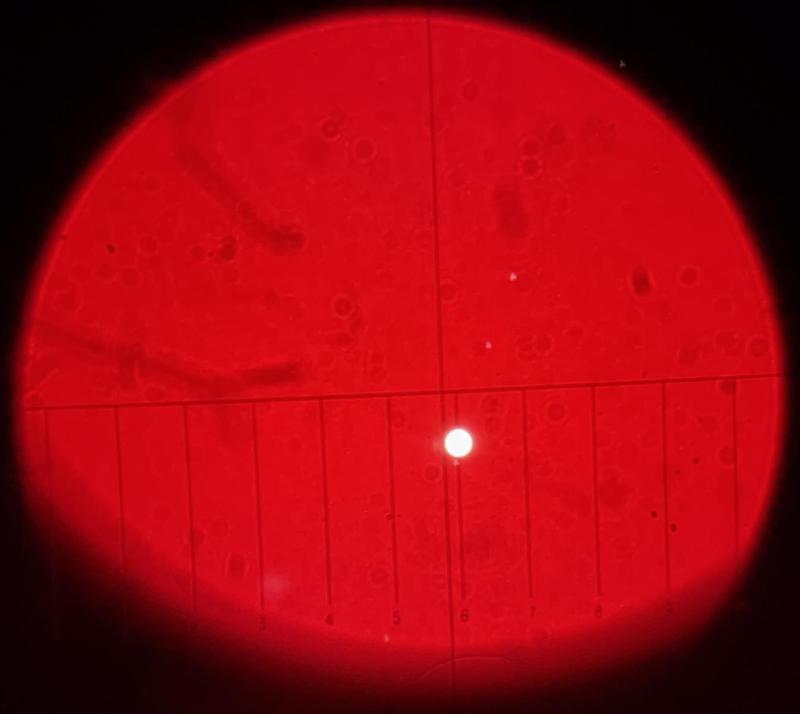
Orion Nebula - The gas cloud is much more visible to my eye in the EP than it is in either of these photos. Take note of HR 1967 -- a 6 magnitude variable star -- at the extreme bottom.
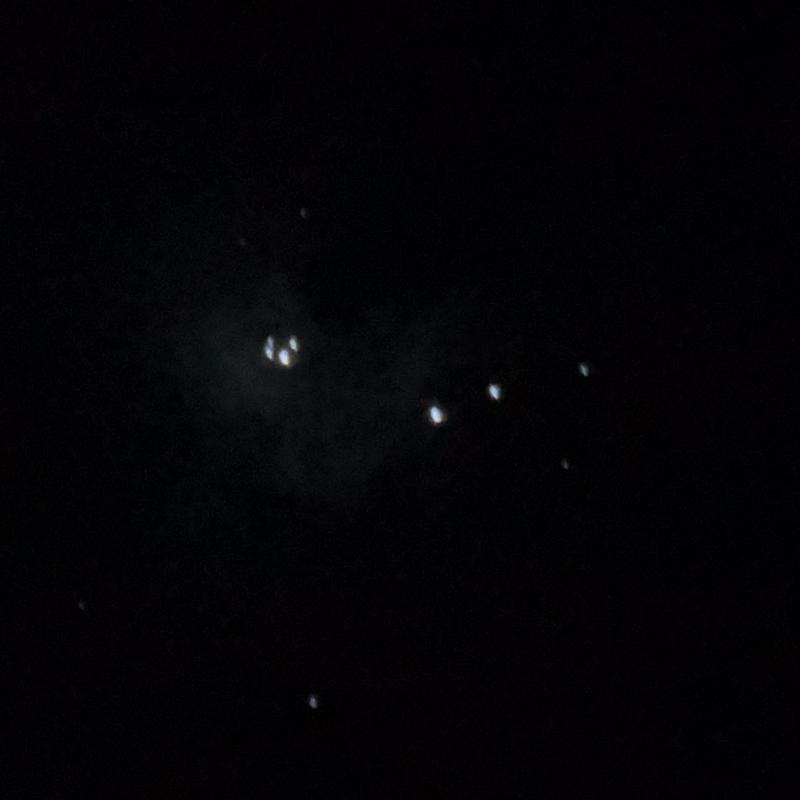
Orion Nebula (with illumination) - HR 1967 is clearly visible at the bottom beneath the #4 scale line:
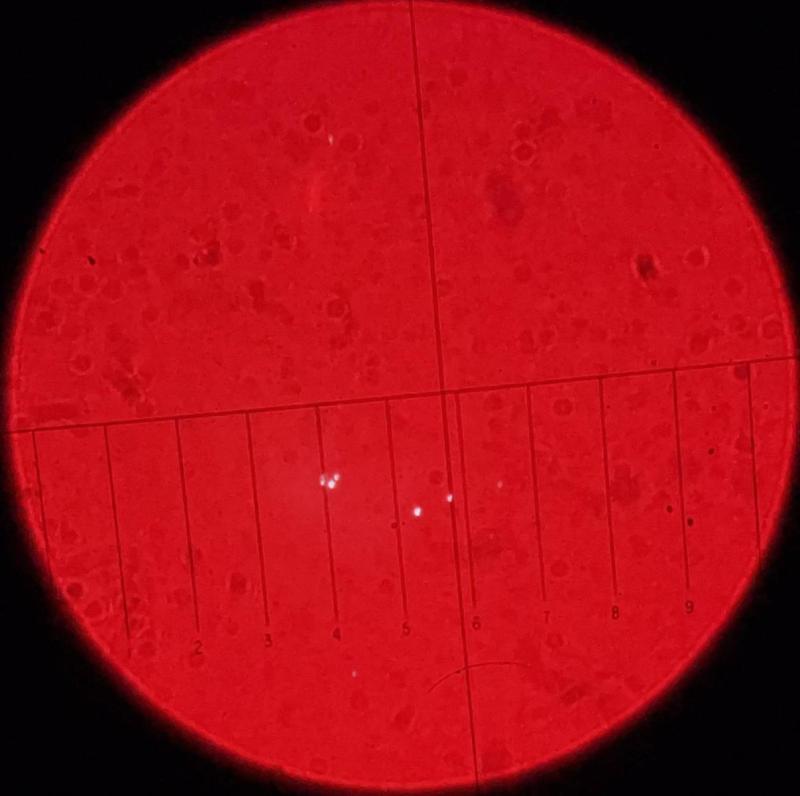
Edited by quesne, 17 March 2024 - 05:49 PM.


